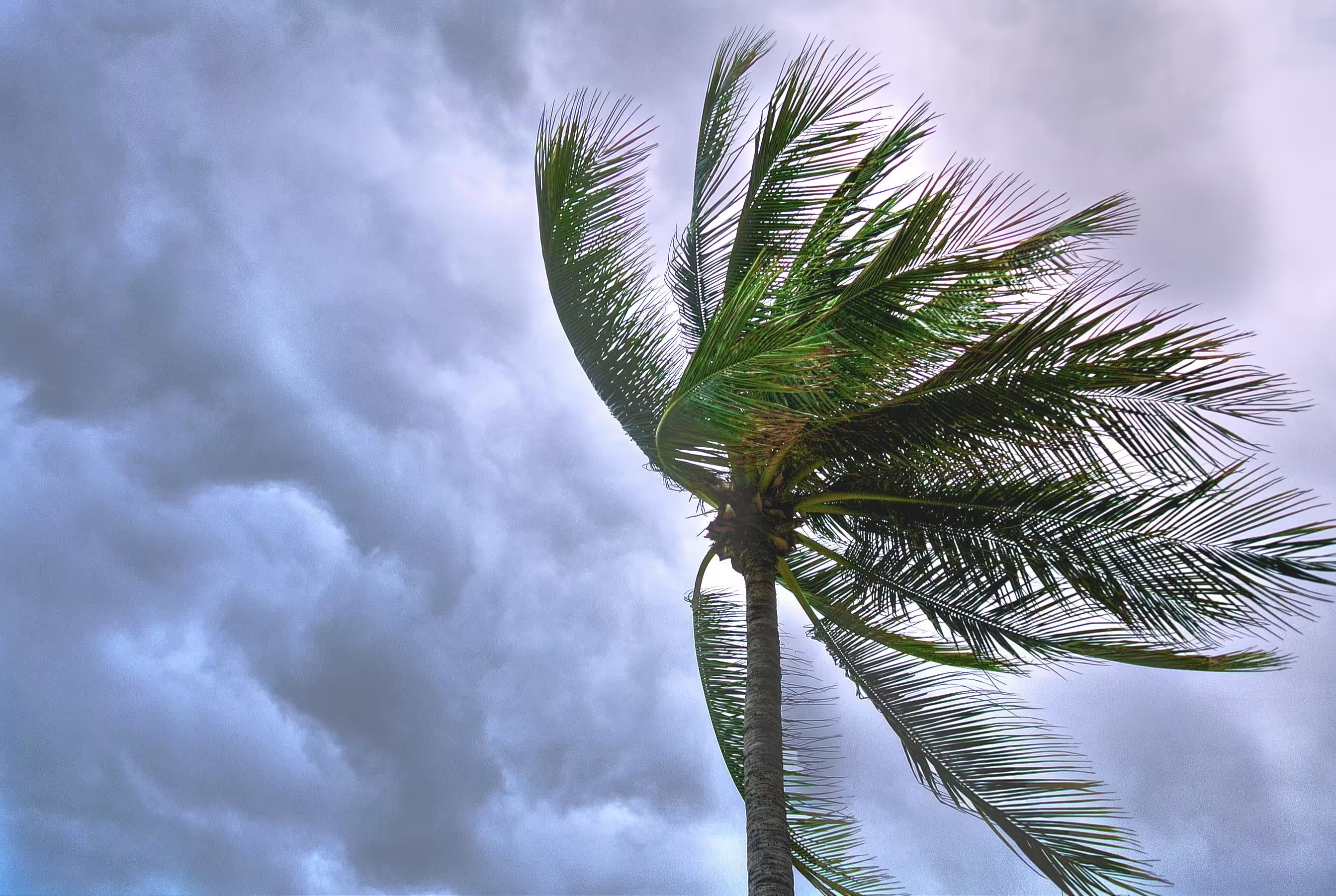Ocean Currents and Drowning: A Deadly Connection?
Climate change is significantly altering the currents of our seas and oceans. These changes have profound implications for marine ecosystems, coastal communities, and the safety of beachgoers and those partaking in water-based activities. This article explores how these shifts in ocean currents are related to climate change, the potential dangers they pose, and whether they might be contributing to an increase in drownings in Spain.
How Climate Change Affects Ocean Currents
Warming Oceans
Climate change is causing the world’s oceans to warm, with around 90% of the excess heat from global warming being absorbed by ocean waters. This warming affects the density and movement of water, influencing the behavior of ocean currents. As ocean temperatures rise, the heat distribution across the globe is altered, leading to changes in both deep and surface currents.
Melting Ice and Freshwater Influx
The melting of ice sheets in Greenland and Antarctica is introducing large amounts of freshwater into the oceans. This influx disrupts the delicate balance of temperature and salinity that drives deep ocean currents, known as thermohaline circulation. Such disruptions can slow down or alter these currents, affecting global climate patterns and marine ecosystems.
Disruption of Global Currents
Climate change is disrupting the global network of ocean currents. Notably, the deep ‘overturning circulation,’ which is crucial for transporting carbon, heat, oxygen, and nutrients around the world, is slowing down. Concurrently, surface currents are becoming more energetic, leading to unpredictable and potentially hazardous sea conditions.
Potential Dangers of Changing Ocean Currents
Stronger Storms and Extreme Weather
As ocean currents change, they can lead to more intense and frequent storms, including hurricanes and typhoons. These storms create dangerous sea conditions, such as high waves and strong currents, increasing the risk for those involved in maritime activities.
Rising Sea Levels
Melting ice caps and glaciers contribute to rising sea levels, which can lead to increased flooding in coastal areas. This rise in sea levels makes coastal regions more susceptible to drowning, particularly in areas that are not adequately prepared for such changes.
Unpredictable and Stronger Currents
Changes in ocean currents can result in more unpredictable and stronger currents in certain areas. These stronger currents pose significant risks to swimmers, boaters, and others who frequent the water, as they can be caught off guard by the rapidly changing conditions.
Temperature Extremes and Heatwaves
Warmer ocean temperatures can lead to more frequent and severe marine heatwaves. These temperature extremes can affect the safety of those engaging in water activities, potentially leading to increased incidents of heat-related illnesses and drownings.
The Rising Number of Drownings
From January 1, 2024, to July 17, 2024, 223 people have drowned in aquatic spaces in Spain, according to the Real Federación Española de Salvamento y Socorrismo. Of these, 24 fatalities occurred in July, coinciding with major vacation periods. In 2023, a total of 422 people drowned, marking the highest number since 2019 and an 8% increase compared to 2022.
This alarming rise in drownings raises the question: could the changes in ocean currents and the associated dangers be contributing to these fatalities?
Investigating the Link
While multiple factors contribute to drowning incidents, the role of changing ocean currents cannot be overlooked. Stronger and more unpredictable currents, heightened by climate change, make swimming and boating more hazardous. Additionally, the increase in extreme weather events and rising sea levels further exacerbate these risks.
Conclusion
Climate change is profoundly impacting our oceans and seas by altering currents, raising sea levels, and intensifying storms. These changes not only disrupt marine ecosystems and global climate patterns but also pose significant dangers to humans. The increase in drownings, particularly in regions like Spain, may be partly attributed to these shifting and more dangerous ocean conditions. It is crucial to raise awareness of these risks and enhance safety measures to protect people engaging in water activities.
Let us know what you think in the comments…
Thank you so much for your support! Reach out to us on Facebook and Instagram
For those interested in relocating to Spain we have created a Facebook Group How to Move to Spain to help you throughout the process. We will provide helpful free printables to keep you on track, online events to inform and support your journey, and above all create a community where you can ask questions and get advice. Please feel free to join!
Share this content:




Post Comment